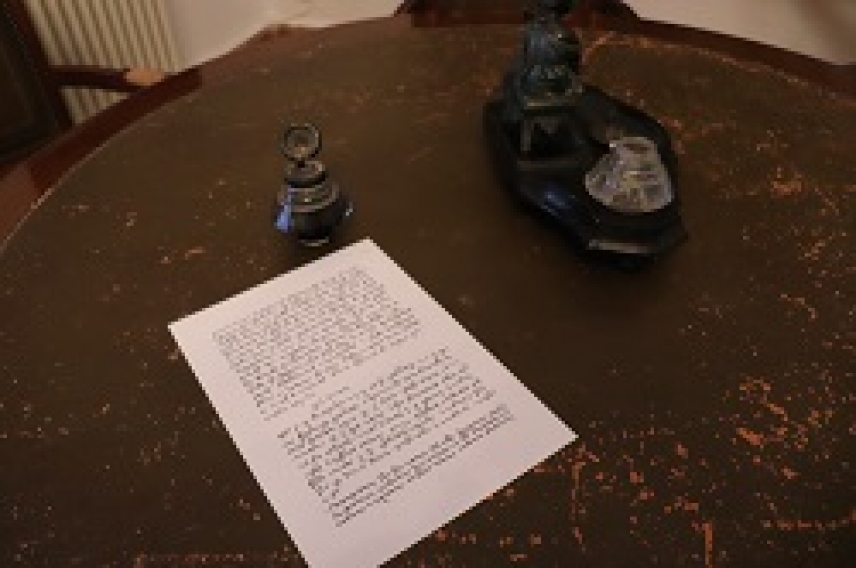
Figuring out the chemical reactions of the components that made writing on paper possible and last for hundreds of years was the aim of the Meridies Medieval History research group at the University of Cordoba. For months, this group has focused its work on these chemical reactions in collaboration with chemists at Nova University Lisbon.
This team, headed by University of Cordoba Medieval History Professor Ricardo Córdoba, carried out the duplication of five medieval inks, using each and every 15th and 16th century ingredient and method to do so. How did they do it? By analyzing handwritten recipes for making ink, painstakingly searching in several parts of the world such as the Bishop Chancellery in Braga, Portugal, where a 1464 recipe is kept, the School of Medicine Library in Montpellier, with another dated between 1469 and 1480, as well as the Historical Archive of Cordoba Province, dated 1474.
These five unpublished documents allowed for replicating the five inks. Pomegranate peels, galls used by plants for defense against parasites, vitriol, water, and gum arabic made from recipes using animal skins, are some of the ingredients that make up these inks and the ones that researchers mixed in the exact same quantity, proportion, temperature and method as indicated in the medieval recipes, and with which it was possible to replicate the exact same inks as the ones used six centuries ago.
The results of this collaborative research between historians and chemists were recently published in the journal Heritage Science. This research included translations of the texts and procedures outlined in the medieval recipes, the making of the inks following the step-by-step directions contained in the recipes, and the analysis of the chemical reactions of these ingredient combinations, with the aim of finding keys to conserving written heritage. By means of exact replication and analysis of inks used in the Middle Ages, researchers can determine which treatments historical documents should undergo in order to recover and improve their current condition and, above all, ensure that they will physically last longer.
Hidalgo, RJD; Cordoba, R; Nabais, P; Silva, V; Melo, MJ; Pina, F; Teixeira, N; Freitas, V New insights into iron-gall inks through the use of historically accurate reconstructions HERITAGE SCIENCE, 2018 https://doi.org/10.1186/s40494-018-0228-8


